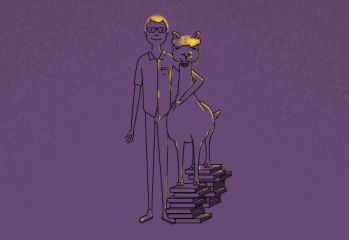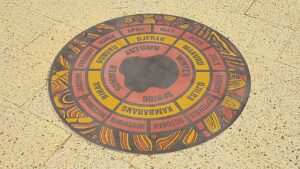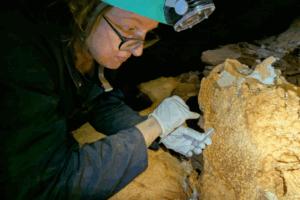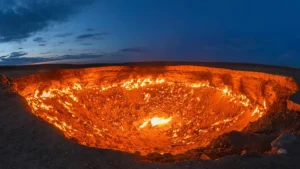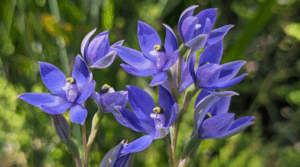Antarctica appears sparse. Nothing but white ice, glaciers and harsh conditions that only a few animals have adapted to survive in.
This couldn’t be further from the truth.
The only sparse thing about Antarctica is our deep lack of knowledge about the continent.
We don’t really know what lives there, what it looked like in the past or how our changing climate could alter Antarctica and shape our future.
Until now.
ALL ABOARD
The Denman Glacier is one of the most remote and least studied places in the world. It’s located on the East Antarctic Peninsula, which is the side of Antarctica closest to Australia.
The glacier has retreated 5km in the last 20 years, which could have massive global repercussions.
If the entire Denman Glacier melted, global sea levels would rise by 1.5 metres.
Unfortunately, we don’t know when these repercussions might set in.
So it’s no surprise that the Denman Glacier was the destination for the first marine science expedition of RSV Nuyina (pronounced noy-ee-nah).
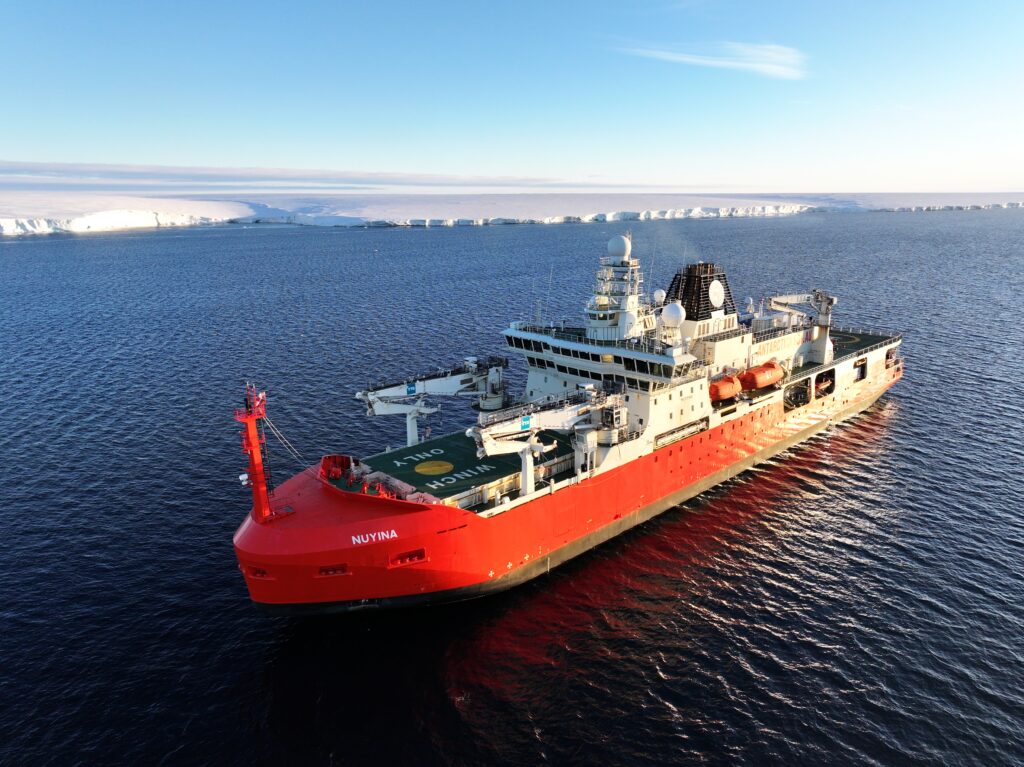
Credit: Pete Harmsen/Commonwealth of Australia
The Australian Government calls Nuyina the “main lifeline to Australia’s Antarctic and sub-Antarctic research stations and the central platform of our Antarctic and Southern Ocean scientific research.”
Basically, it will help Aussie scientists study and learn about Antarctica from the comfort of a very expensive ship.
The ship was set up to enable researchers to study everything from hydroacoustics and environmental DNA to sediment cores and water chemistry.
Aboard Nuyina’s maiden 2-month research voyage were 65 scientists, including Professor Jan Strugnell.
“The Nuyina was a great ship,” says Jan. “It has fantastic multidisciplinary capabilities and an incredible crew.”
HUGE DIVERSITY
Jan is a professor of marine biology at James Cook University. This was her fourth trip to Antarctica but her first with the Australian Antarctic Division.
Aboard, Jan was the team leader for one of the divisions – Securing Antarctica’s Environmental Future (SAEF).
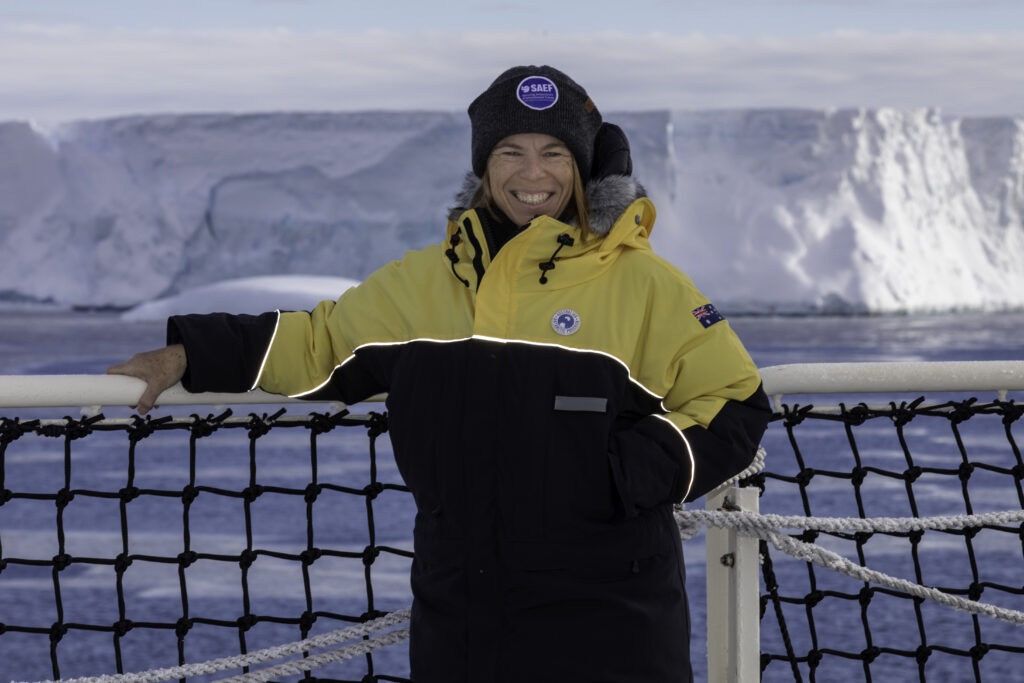
Credit: Pete Harmsen/Commonwealth of Australia
They were tasked with collecting a range of animals that live on the seafloor – benthic invertebrates – around the Denman Glacier.
“It was really hard to know exactly what we were going to collect because the benthic life around East Antarctica is really very poorly sampled,” says Jan.
In the end, they collected animals from 14 different phyla, which is one of the highest levels of taxonomic classification.
Jan says they collected a “huge diversity of marine life”, including sea cucumbers, sea stars and brittle stars, as well as octopus, bivalves and snails.



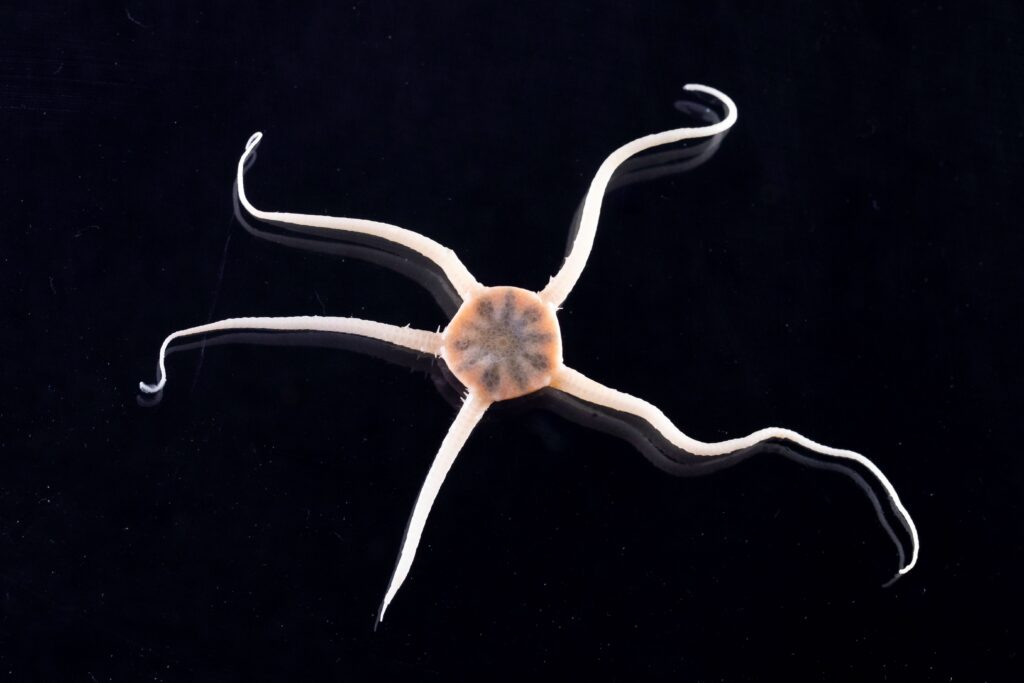

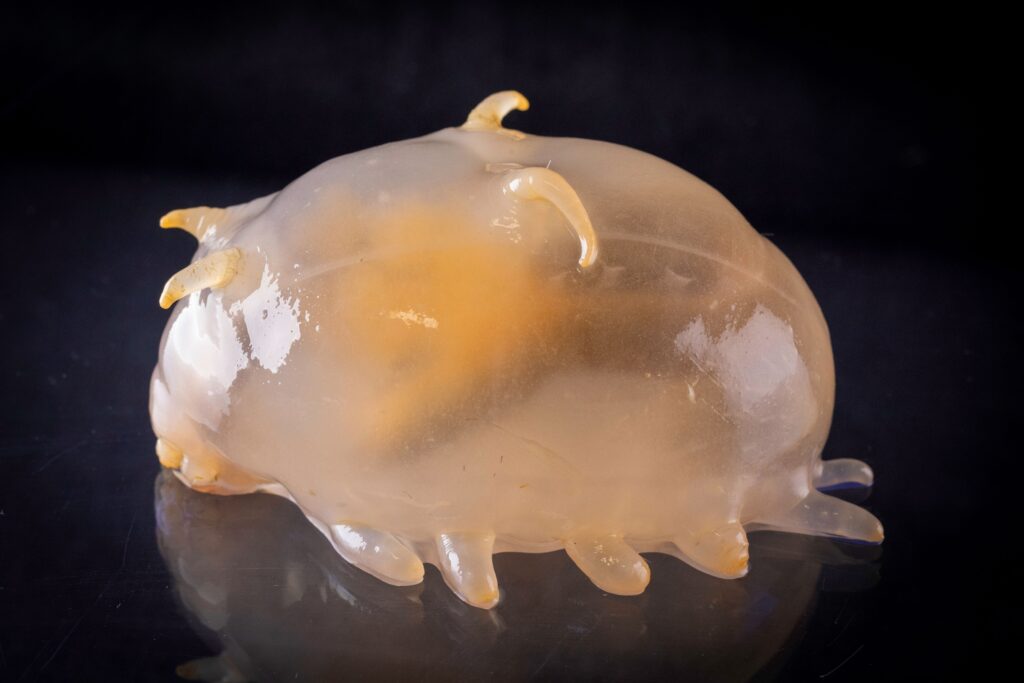
Image credits: Pete Harmsen/Commonwealth of Australia
“We actually caught a really high number of sea pigs, which are this particularly cute little kind of sea cucumber, which [became] somewhat of a voyage mascot because everyone thought they were pretty cute,” says Jan.
“Perhaps quite surprisingly, the diversity of marine life that lives on the seafloor around Antarctica is really high.”
“We almost certainly would have collected some new species – sometimes things we have no idea what they are at all. There’s lots of new discoveries yet to be made.”
ANCESTRY.COM FOR ANIMALS
These specimens were collected using a beam trawl.
“That collects animals from the seafloor,” says Jan. Once on board, Jan and the SAEF team worked in the lab to preserve them.
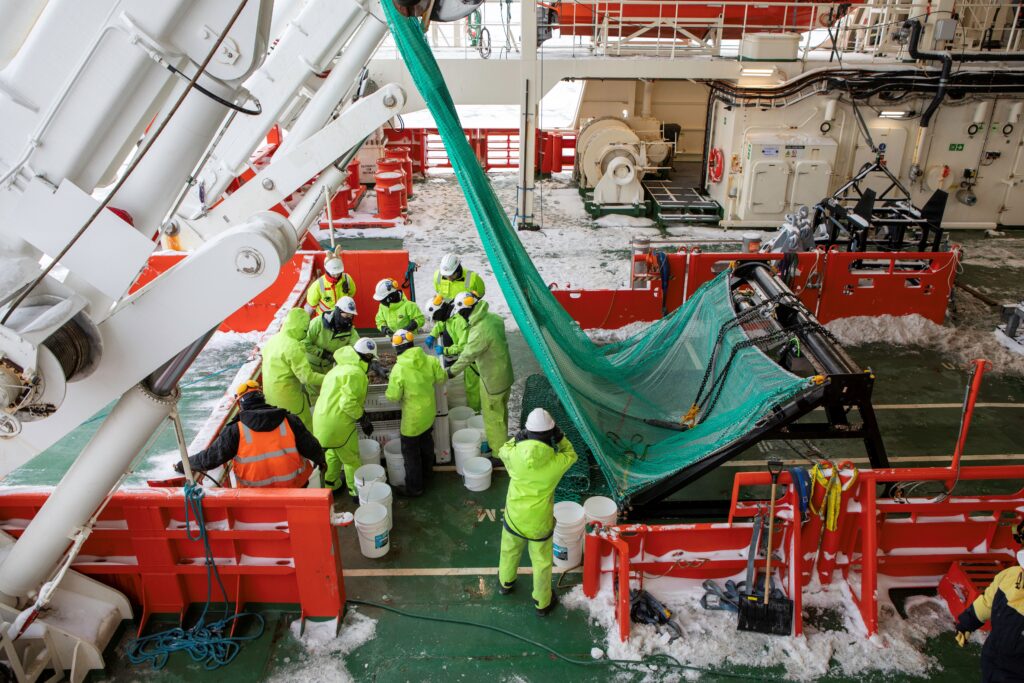
Credit: Pete Harmsen/Commonwealth of Australia
“We process them to collect samples for genetic work and then preserve them very carefully so they can be used for future science … with technologies we haven’t even discovered yet.
“It obviously costs a lot of money to collect these samples. Going to Antarctica is a massive endeavour, so we make sure they’re really well preserved for future work.”
The team is currently undertaking a wide range of genetic testing.
“These benthic marine animals … have a genome in all of their cells,” says Jan.
“That genetic information not only provides the blueprint that makes you you or makes a sea spider a sea spider, it’s also this very important time capsule that provides a record of all of its ancestors.
“We can extract the information within their genomes to … understand more about evolutionary relationships.”
SEEING THE FUTURE
In a study published at the end of 2023, Jan and her colleagues utilised genetic material from an Antarctic octopus species to understand how Antarctica changed in past climates.
“We can look at populations all around Antarctica and see how well connected they are … and we can even use the genetic information from a single animal to see how the population of all of its ancestors changed over time,” says Jan.
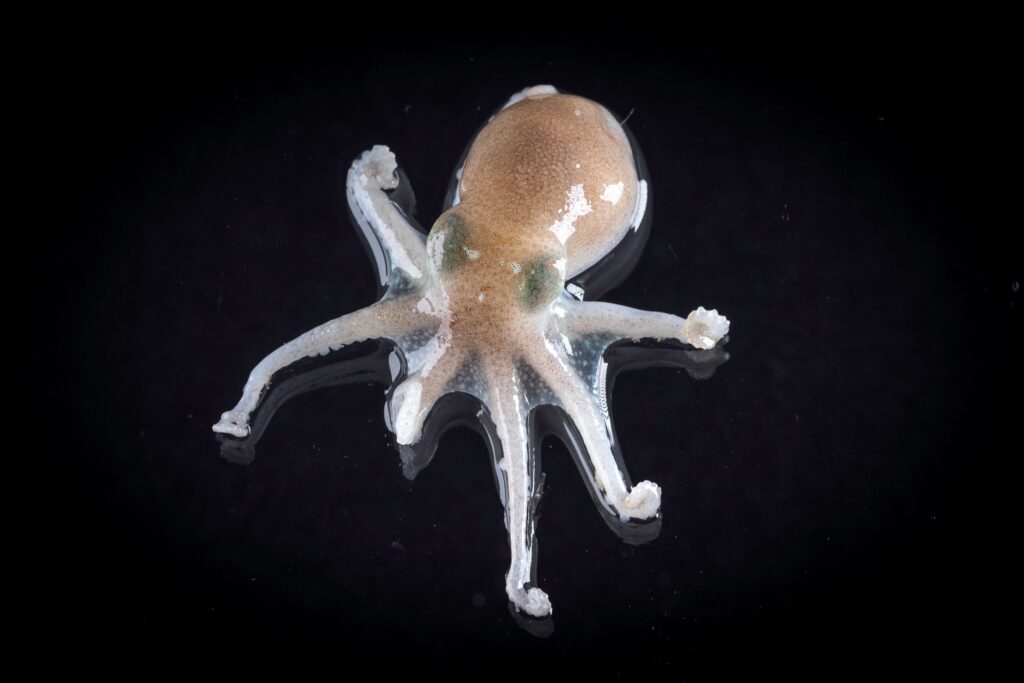
Credit: Pete Harmsen/Commonwealth of Australia
Using this genetic material, the team can understand the history of different animal populations and their connectivity.
Then they can draw conclusions about what the climate looked like in the past and what it might look like in the future.
“DNA is a really powerful tool that we can look at not only present day connectivity and relationships but look deep down in the past. That can be really useful for telling us much more about the future as well,” says Jan.
Jan says the team intends to use similar techniques to the octopus study to understand how past climates have influenced the newly collected species.
“This will give us a really good indication for what’s going to happen to their population sizes into the future and understand more about the impacts of that,” she says.
LOOK BACK TO LOOK FORWARD
Given the dramatic reduction of the Denman Glacier in the last two decades, there is major concern for sea-level rise.
“This will have massive impacts, not [just] in Antarctica but globally,” says Jan.
The genetic information from the collected specimens will be instrumental in decoding Antarctica’s past climate and its potential future movements.
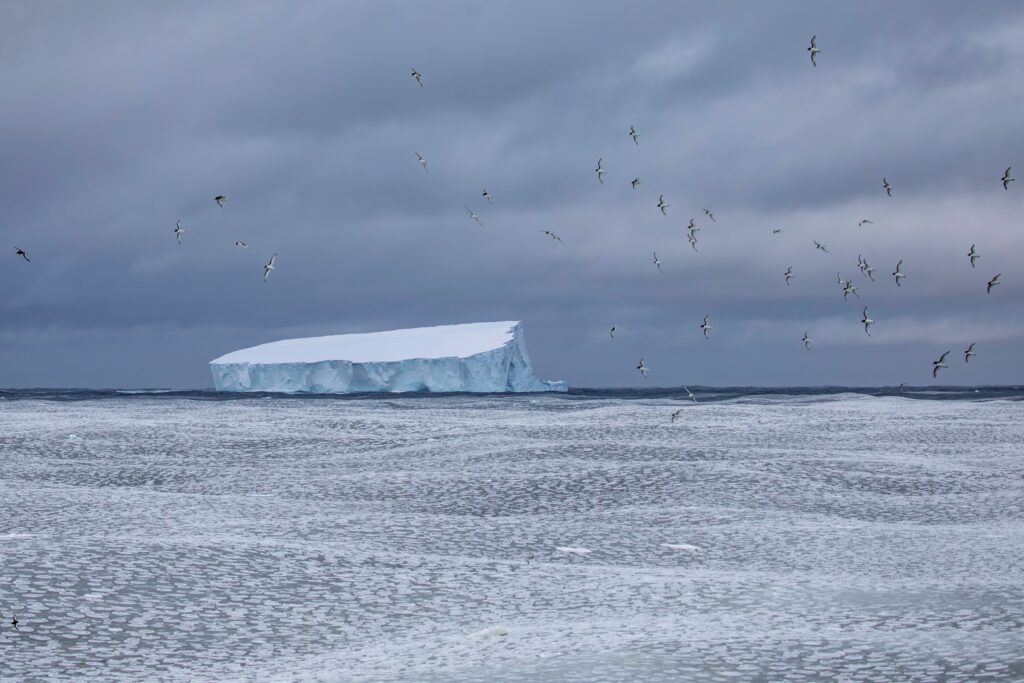
Credit: Pete Harmsen/Commonwealth of Australia
The team at SAEF will be able to use the genetic information to understand how populations have moved and at what times and link this to changes in our past climate.
“This is the first time we’ve collected any samples from this whole region,” says Jan.
“They’ll be really useful to put in the context of Antarctica as a whole and understand how that area is connected.”
Jan, the SAEF team and the entire RSV Nuyina research crew are seeking to understand how changes to Antarctica will impact our future – all by looking to the past.
